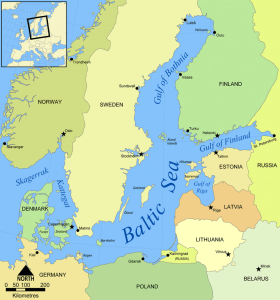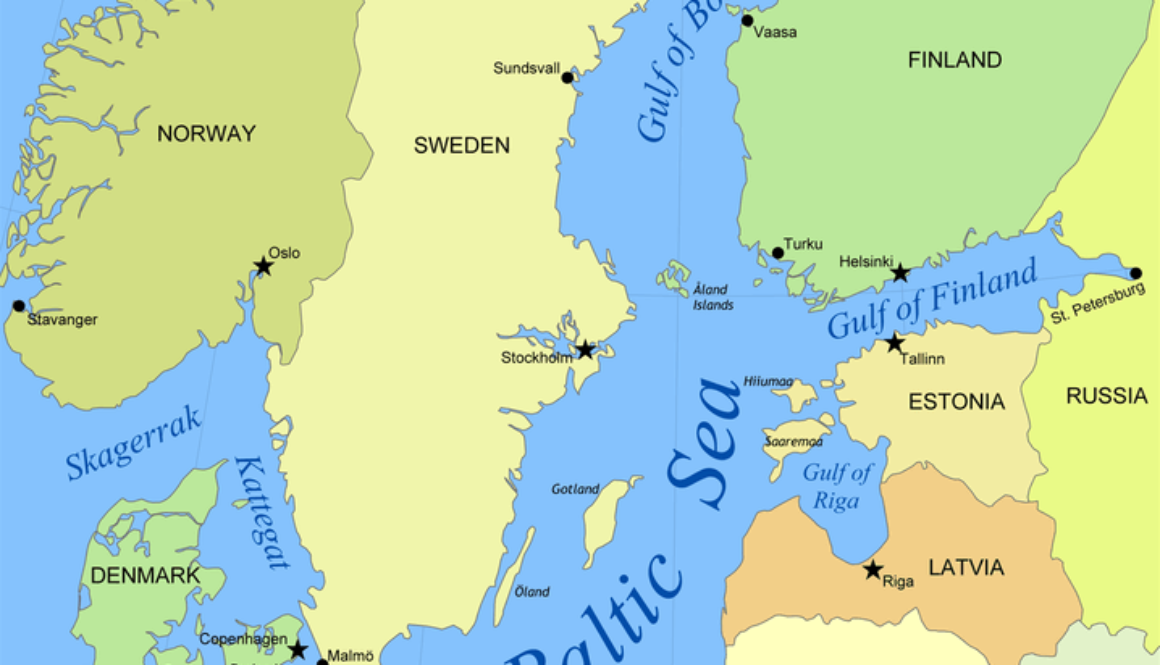LIFE’s Baltic Members launch an Action Plan

Warsaw, 25th July 2016
LIFE Platform
Following ICES advice for 2017, LIFE’s Members of the Baltic Region (including Poland, Sweden, Denmark and Germany) elaborated the following action plan, to be presented to decision-makers, with concrete proposals for a correct management of the Western Baltic Cod stock. Cod is one of the main sources of income for small-scale fishers and is vital to maintain the livelihoods of local coastal communities in the Region.
Action Plan for Western Baltic cod stock following the ICES advice for 2017
The situation
LIFE is extremely worried at the latest ICES advice outlining the fishing opportunities for Western Baltic cod stock for 2017. The advised TAC of 917 tons constitutes an annual reduction of ca. 93%. It is perhaps the toughest practical stress test yet for the reformed CFP.
LIFE is of the opinion that the productivity of Western Baltic cod stock has been over-estimated for many years on the face of relatively strong year classes of 1990s and early 2000s. This unfortunate error allowed the long-lasting overfishing of the stock. The latest re-calculation of recruitment figures by ICES (table 8.3.4.11. as compared to advice from previous years) confirms this view. Another important problem is the amount of cod discards in pelagic trawling (SD24) and in demersal trawling (SD22), which may be higher than officially reported. Furthermore, towed gears are often used in a way that decreases or nullifies selectivity.
Moreover, recreational fishing and environmental/ecosystem factors, in particular the cod mortality caused by increasing seal population, add to the pressure on the stock. The seal damage to catches causes extra hardship for small-scale fishing communities, as the seals eat fish caught in their passive gears.
For 2017, ICES draws particular attention to very weak recruitment. The latest incoming year class is estimated at roughly 6% of long-term average, even if the F is slightly falling and SSB seems to have stabilized at level below Blim.
We are strongly convinced that the current state of Western cod stock calls for a development of broad and inventive Action Plan, rather than just focusing on business-as-usual: the short-sighted fight over the TAC levels or their allocations to Member States for next year we’ve been observing for too long.
Therefore, LIFE refrains from taking a position on specific TAC level for now, pending the developments on the Action Plan called for and outlined below. It is clear that overall,
a serious reduction of fishing opportunities, significantly more substantial than that of last year (-20%), has to be decided upon.
General thrust of the Action Plan
LIFE calls – in strongest terms – for recognition that just as we take utmost care for our most vulnerable fish stocks, we are obliged to take the utmost care for the most vulnerable fishers.
In concrete terms, this means that harsh measures needed to safeguard the stock should predominantly be targeted at those fleets that contribute the most to the fishing pressure on Western Baltic stock and are able, at least technically, to re-locate their effort to other areas and stocks.
The Action Plan is put together in the spirit of Article 5 of the new Baltic Multiannual Plan, which calls that all appropriate remedial measures be taken to ensure rapid return of the stock concerned to MSY levels and above.
LIFE calls upon EU Institutions, BALTFISH and Member States concerned to ensure that the measures outlined below are implemented without delay and become applicable as of 2017.
Elements of the Action Plan
- Protect the spawning stock by prolonged total trawling closure aimed at preserving pre-spawning and spawning concentrations. The closure should apply throughout February and March in the Subdivisions 22 and 23, i.e. where spawning occurs. Preserving the (still remaining…) spawning stock must be everyone’s priority.
- In the spirit of Article 17 of Basic CFP Regulation and in view of the significant TAC reduction, adopt incentivized cod avoidance plans for those fleets that are technically able to shift away from cod to other fisheries. In function of adopting cod avoidance plans, allocate the “released” fishing opportunities to those fishers who have no alternative and fish predominantly outside cod spawning zone with passive gears.
- Facilitate technical adjustments in towed gears that avoid by-catching cod – for the period outside the closure time mentioned in point 1. This goes particularly for directed flatfish fisheries with trawls.
- Managers should prioritize minimizing of by-catch of undersize and small cod, by new gear designs (including increasing the mesh size) and increase in the Minimum Conservation Reference Size, as deemed appropriate.
- Step up the control activities to prevent cod discards on the basis of risk analysis.
- Raise awareness of recreational fishers as to the situation of the Western cod stock to voluntarily decrease their pressure on it – until the cod stock has recovered. Introduce regulations on recreational fishing, such as bag limits for rod fishing. The regulations should assume equal burden-sharing compared to commercial fisheries.
- Take locally tailored measures to reduce damage to catches and gears caused by seals, by a.: facilitating movement to seal-safe gear, compensating for lost catches and gears, reducing seal and cormorant populations where allowed by environmental laws. In the longer run, environmental organizations need to re-think their seal and cormorant conservation policies.
- Use EMFF funding to offset the effects of these measures on the affected fleets.
LIFE is ready and willing to discuss this action plan with all the interested entities and persons, in particular the decision-makers of all appropriate levels.
It is the call for action with a set of concrete and constructive proposals from those whose livelihoods are directly and definitively threatened by the Western cod stock crisis. We ask all concerned to please act decisively before it’s too late – for the stock and for us.
